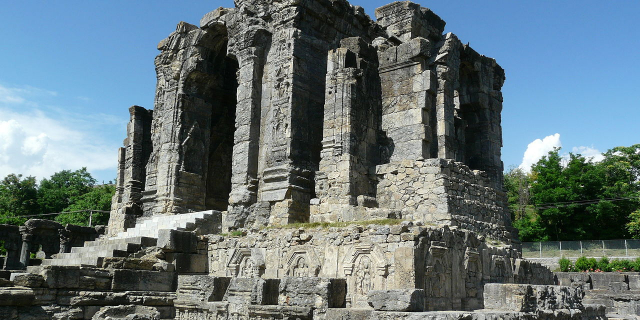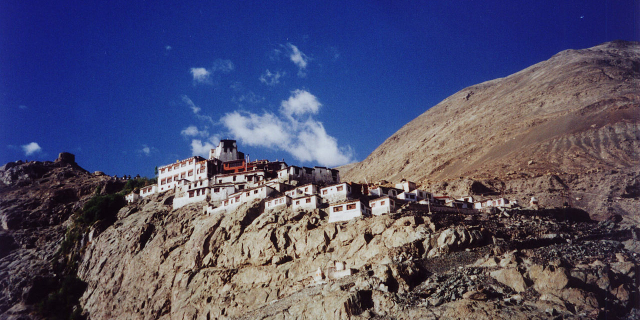Shey Monastery
Shey Monastery or Gompa and the Shey Palace complex are structures located on a hillock in Shey, 15 kilometres (9.3 mi) to the south of Leh in Ladakh, northern India on the Leh-Manali road. Shey was the summer capital of Ladakh in the past. It contains a huge Shakyamuni Buddha statue. It is the second largest Buddha statue in Ladakh.
The original palace, now in ruins, was built near the Shey village by Lhachen Palgyigon, the king of Ladakh (then called Maryul), in the 10th century. The Moghul noble Mirza Haidar Dughlat stayed here during his invasion of Ladakh in the 16th century.
The current Shey Palace and Monastery were also built in 1655 on the instructions of Deldan Namgyal, in the memory of his late father, Sengge Namgyal, below the first palace. The monastery is noted for its giant copper with gilded gold statue of a seated Shakyamuni Buddha. The statue is so named since Buddha was the sage (muni) of the Sakya people w...Read more
Shey Monastery or Gompa and the Shey Palace complex are structures located on a hillock in Shey, 15 kilometres (9.3 mi) to the south of Leh in Ladakh, northern India on the Leh-Manali road. Shey was the summer capital of Ladakh in the past. It contains a huge Shakyamuni Buddha statue. It is the second largest Buddha statue in Ladakh.
The original palace, now in ruins, was built near the Shey village by Lhachen Palgyigon, the king of Ladakh (then called Maryul), in the 10th century. The Moghul noble Mirza Haidar Dughlat stayed here during his invasion of Ladakh in the 16th century.
The current Shey Palace and Monastery were also built in 1655 on the instructions of Deldan Namgyal, in the memory of his late father, Sengge Namgyal, below the first palace. The monastery is noted for its giant copper with gilded gold statue of a seated Shakyamuni Buddha. The statue is so named since Buddha was the sage (muni) of the Sakya people who resided in the Himalayan foothills and their capital was Kapilvastu. It is said to be the second largest such statue in Ladakh.
 View of the palace and valley
View of the palace and valley
Shey was the old capital of the upper Ladakh region. When the Dogras of Jammu invaded Ladakh in 1842, the Namgyals abandoned the palace and fled to Stok (they made it their permanent residence) on the opposite side of the Indus River. It is conjectured that the fort found in ruins, not dated, above the present palace at Shey, belonged to this period of invasion.[1][2][3] Subsequently, when the political dictates necessitated shifting of the capital to Leh, even then the importance of Shey continued since it was a mandatory requirement of the Namgyal kings to father their heir apparent here.[1][2]































Add new comment